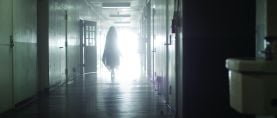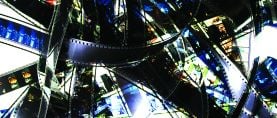
Remote-Location Lighting — With Jon Joffin, ASC
Working with limited equipment to shape and refine the light on day and night exteriors.
All Keep Breathing photos By Peter Hagge, courtesy of Netflix.

Daylight exteriors, followed closely by night exteriors, can be two of the most challenging aspects of cinematography, especially when equipment and crew are limited. This might seem counterintuitive to a novice cinematographer, because day exteriors give you access to the brightest source in the universe: the sun. What’s missing, however, is control and consistency, both of which — on modestly budgeted productions — are generally quite difficult to achieve on exteriors.
But even with all the resources imaginable — construction cranes, large diffusion frames to reduce sunlight’s intensity and hardness, large bounces or negative fill frames to help shape and control the light — you cannot stop the sun’s movement and have no control over when clouds pass or don’t.
Night exteriors can be just as complicated: How much light do you add? Where is it coming from? How do you refine the look without making it feel lit?
In this installment of Shot Craft, Society member Jon Joffin — who won his third ASC Award this year for his work in television — discusses these challenges. (He won the ASC honor this year for Titans and previously for Motherland: Fort Salem and Beyond; he’s also received ASC nominations for Alice and The Andromeda Strain.)
“It was tough to get trucks or any significant gear up [to the remote location]. I had to resort to a lot of gripping and taking light away, rather than adding it.”
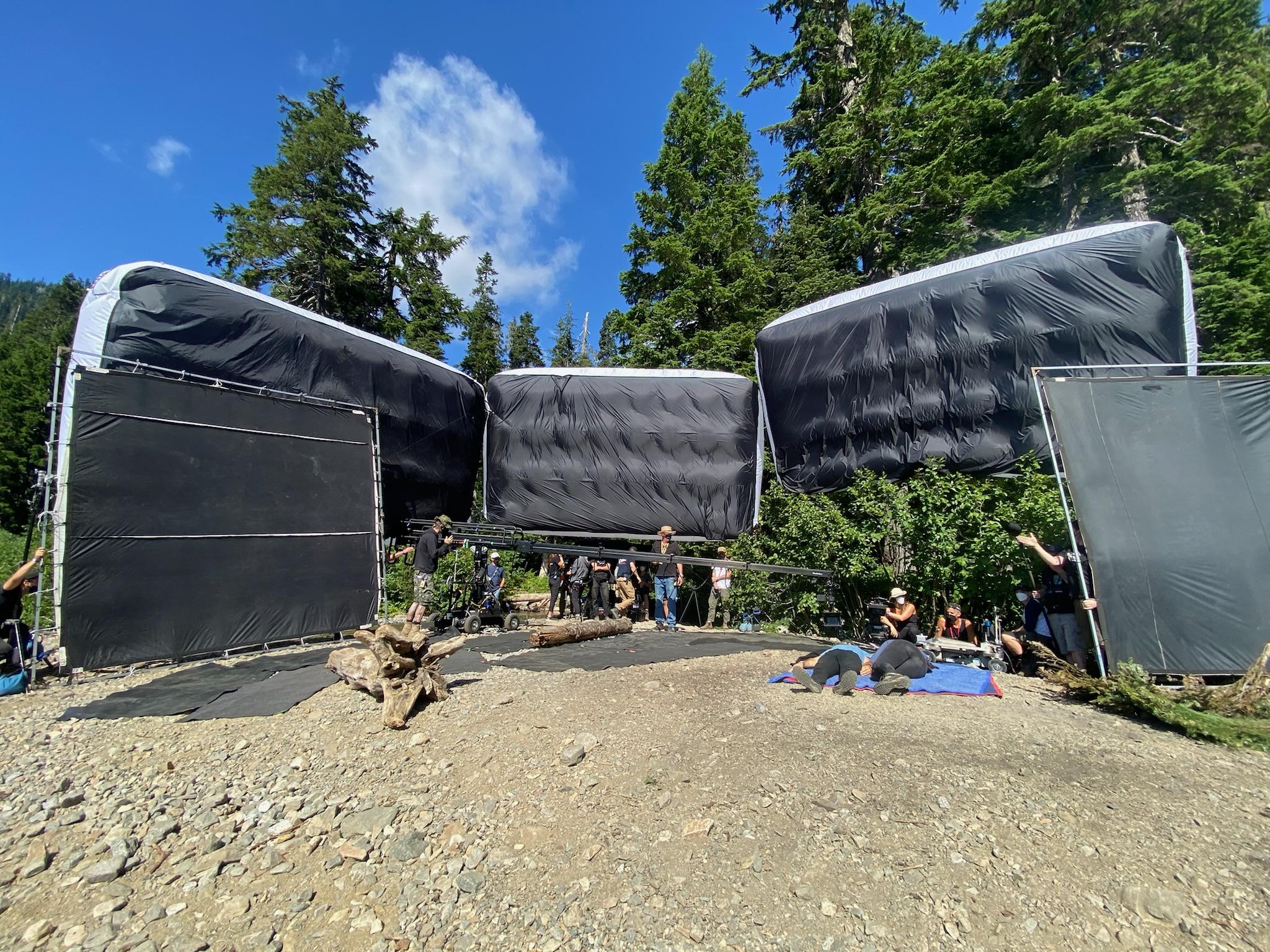
Making the Impossible Work
For the Netflix limited series Keep Breathing, which tells the story of a woman named Liv (Melissa Barrera) who fights to survive the wilderness after a plane crash, Joffin found himself on a remote cliff in Whistler, British Columbia, Canada, with extremely limited access and even more limited equipment.
“I wanted to do this show not just because of the great script, but also because I’ve always been very controlling of light, whether in studio or on location, and have often been blessed with all the tools in the world,” he says. “I wanted to see if I could do a good-looking show with only a few tools.”
For one particular sequence, Joffin says, “We shot in a very remote area, at the top of a mountain, which the location manager had told us was an impossible location — but the moment executive producers Brendan Gall and Martin Gero, executive producer/director Maggie Kiley and I saw it, we knew we had to figure it out. It was perfect for the story. To reach the site, we had to drive an hour and a half north of Vancouver, then take an SUV along a rutted road as far as possible and then walk through forest for 15 minutes. It was tough to get trucks or any significant gear up there. We certainly couldn’t bring in generators for 18Ks. I had to resort to a lot of gripping and taking light away, rather than adding it. It was critically important that this show felt real, that the audience would feel like they’re stuck in the forest with Liv.”
In taking on this challenge, Joffin was confronting what many independent and emerging cinematographers face — tackling a remote location with minimal tools and finding the best way to shape and refine the light. Because they couldn’t even get Gators to the site, the team had to carry everything in by hand. For the most part, they went without stands, instead resorting to handheld grip tools.
One of the scenes photographed in this remote spot was a dusk-into-night sequence. Joffin captured the wide shots in the few minutes of dusk before full night, using the 2,500 ISO of the production’s Sony Venice to capture as much of the dim natural light as possible. “On the close-up, we brought in a battery-powered LiteGear LiteMat Plus 8, which was held by an electrician fitted with a safety harness who was standing on the edge of the mountain. We also had a 12-by-12 Magic Cloth diffusion, which was held by the grips.
“I don’t really use the full 2,500 ISO,” Joffin continues. “I try to respect the raw image and keep the blacks clean; it’s always easier to dirty up blacks later than to clean them up. To that end, I will light dark scenes with an ND .3, and set the look as dark as I want according to the image on the monitor — and then I’ll take out the ND .3 to shoot, and have the DIT crush the look to where it was when the ND was in place. That way, I get a bit more light onto the sensor and preserve the shadows and blacks as much as possible. When light is really at a premium, I’ll open up the shutter to 270 degrees and scrape the last bit of light that I can. When it’s really dark, I’ll use the full 2,500 and a 270-degree shutter.”
Joffin employed fast full-frame Zeiss Supreme Prime Radiance lenses, which are T1.5 across the board. He also carried a set of Canon K-35 primes, which are T1.3 (35mm, 50mm and 85mm) and T1.5 (18mm and 24mm). The K-35s were originally marketed as standard Academy-covering primes, but they’re descendants of full-frame still lenses, and they fully cover the Venice sensor. Using fast primes and high ISO allowed Joffin to work in extremely low-light conditions with very little augmentation and create a realistic look.
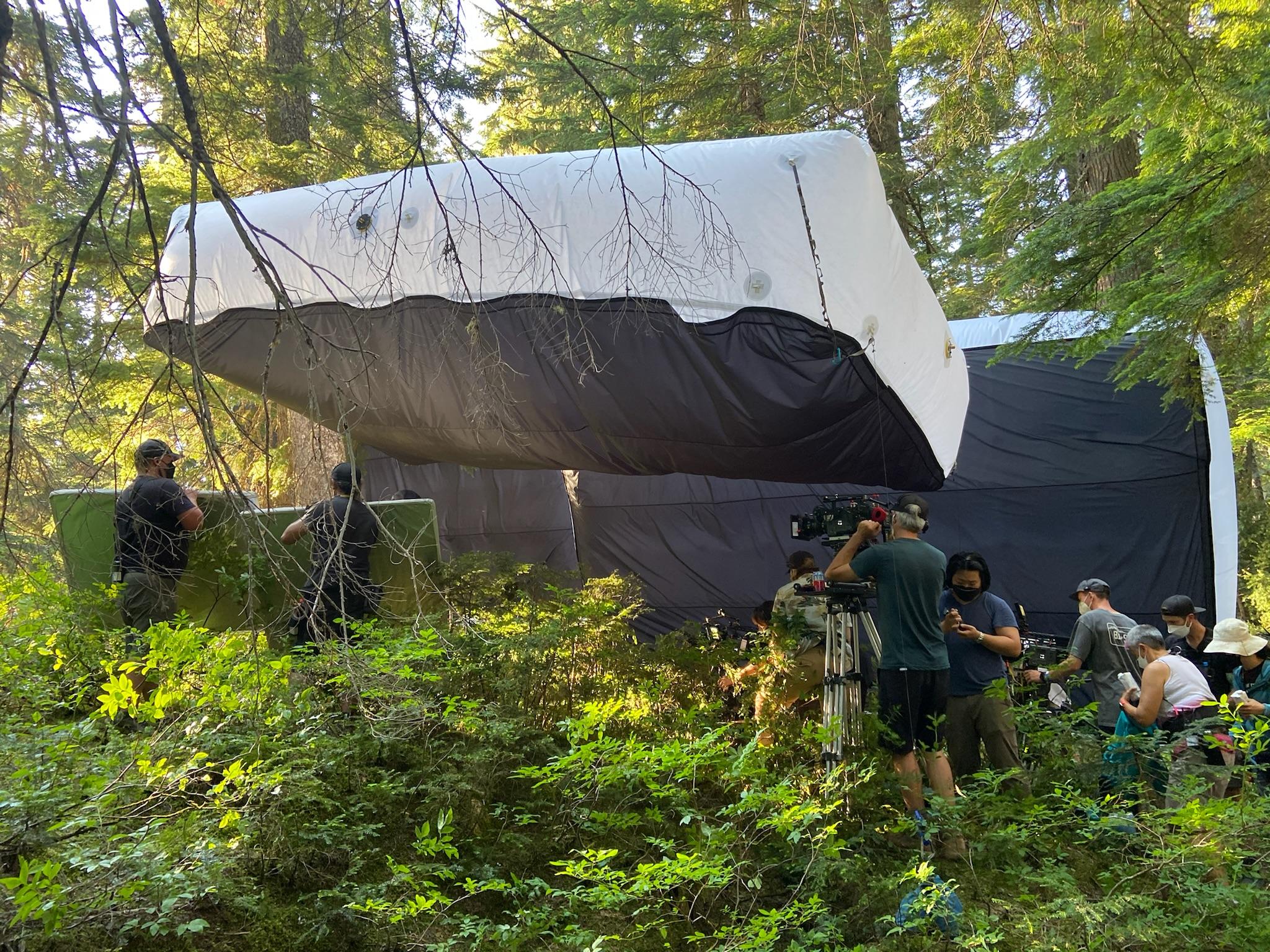
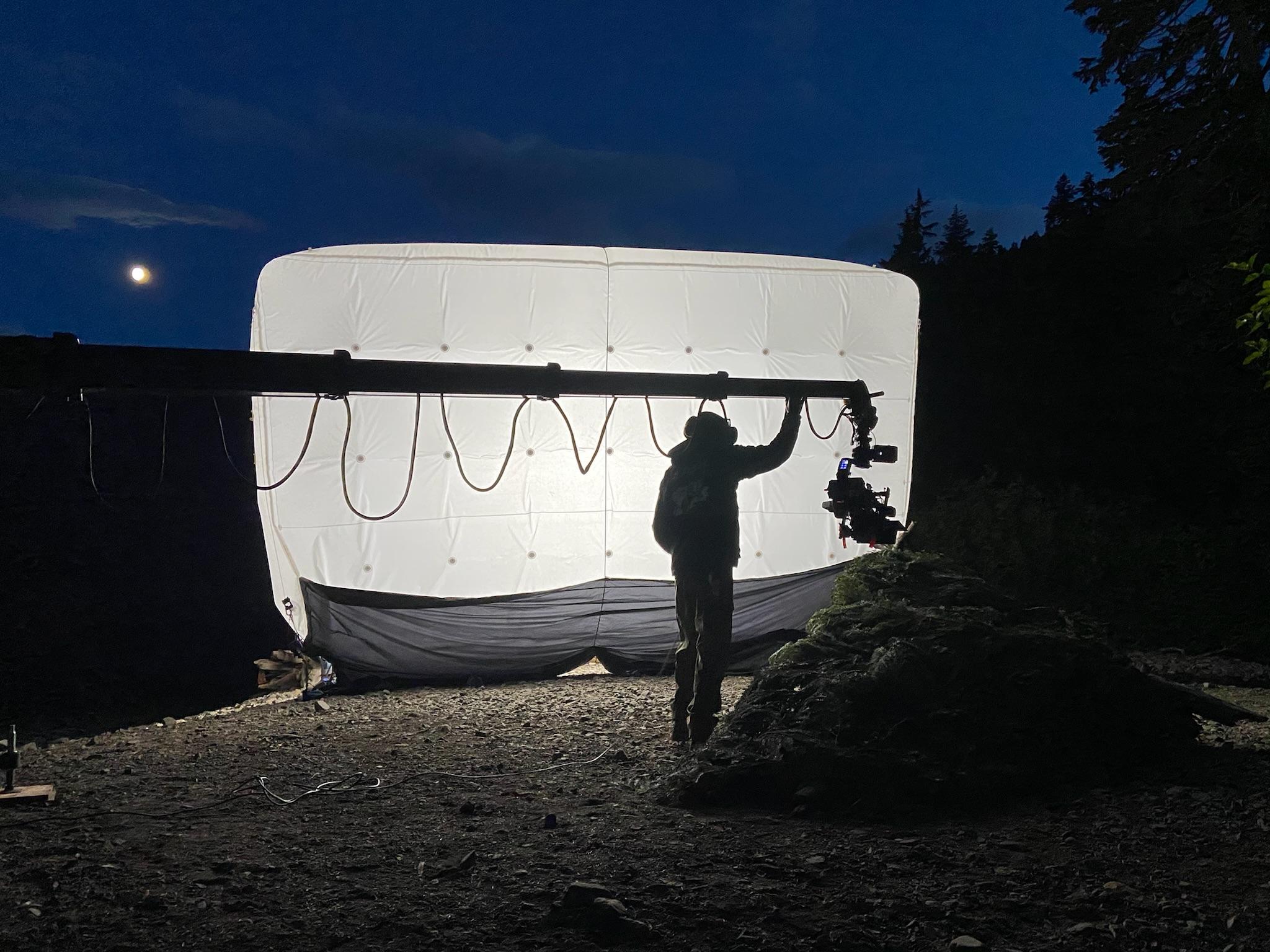
The Beauty of Balloons
For day exteriors, Joffin often works with “grip cloud” balloons, which can be masked with black material to create an inflatable solid. He’ll fly the balloons over the shooting area to block direct sun, and then incorporate additional negative fill or bounce to shape light as needed. Although wind can wreak havoc with balloons, they’re a great alternative to large construction cranes and “flyswatters” (large frames to control direct sunlight); balloons can be easily moved around by ground crew with simple guidelines, and they can often be deployed in rugged environments that construction cranes cannot access.
“Balloons are great, especially with black underside to cut off the toplight,” Joffin says. “Many cinematographers talk about using diffusion and solids in direct sunlight, but I also use them when it’s overcast. I love overcast days, but they can be tricky — the light can feel really harsh, contrary to what you may think, and it can be very hard and flat on faces. We get a lot of overcast days in Vancouver, but if I take away some of that top source, it takes on a much nicer, natural feel.”
Perpetual Backlight
On day exteriors, Joffin also follows a time-honored tradition: keeping scenes backlit by the sun as often as possible. This creates a natural shaping and modeling without too much hard light on an actor’s face.
“I will also often use 12-by-12 solids for negative fill to help shape the light,” he says. “I find it feels much better to take light away in daylight scenes than to add it. But I will use a little bounce for eyes here and there — usually bleached or unbleached muslin. Unbleached muslin has an off-white tone and therefore tends to warm the reflected light. Sometimes I’ll fill a little bit with 18Ks or SkyPanel S360s through Magic Cloth diffusion.
“I usually try to bring in negative fill from the camera side, so the key light is more 3/4, catching the close eye,” he adds. “Unless I’m shooting in pure silhouette, I like some detail on the shadow side.
“Especially on this show, I never want the outside to look lit. I always fight to keep the key lights down. There’s always that threshold where it looks lit, and that’s what I’m working to avoid.”
Joffin also often experiments with different color bounces on day interiors. “It’s a bit easier with LEDs, because I can use standard bounce but color the light slightly to get a different result.”
“When light is really at a premium, I’ll open up the shutter to 270 degrees and scrape the last bit of light that I can.”

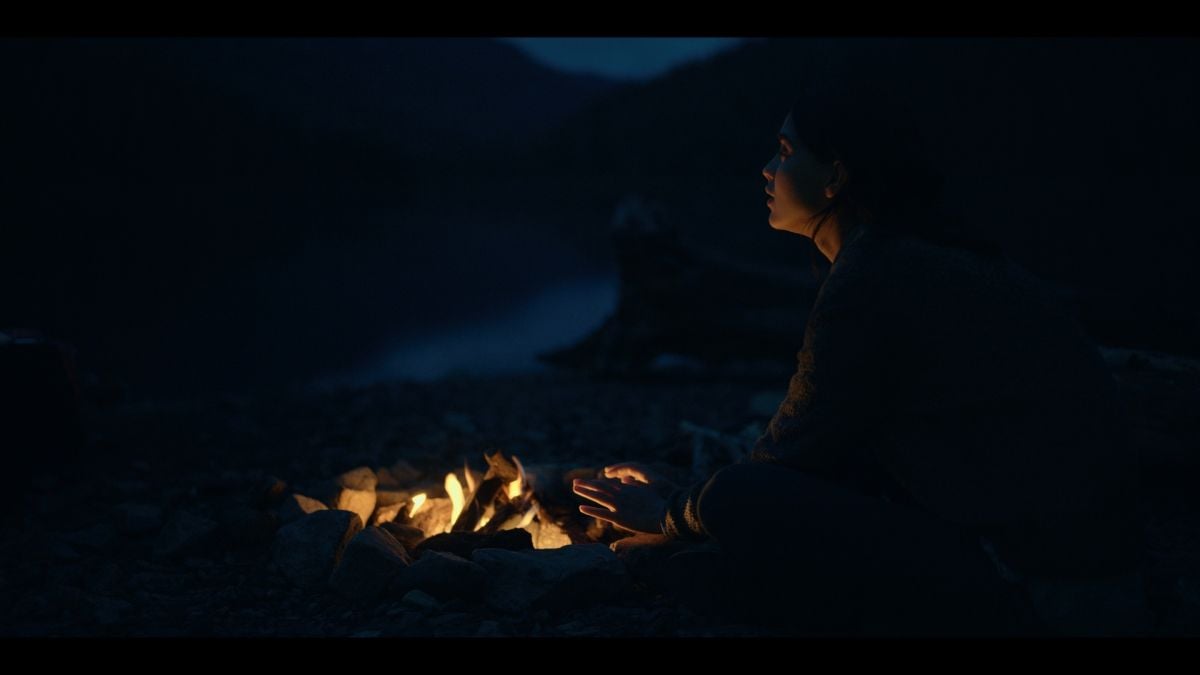
Overhead Sun
When shooting during harsh midday hours, you might be able to cut off direct sunlight via heavy diffusion or solids — such as with the balloon technique that Joffin discusses in this piece (see this page, below) — and use bounce or reflectors to redirect overhead sunlight to become backlight. This is significantly easier to do in close-up shots, so plan your closer work accordingly.
Sometimes, the challenge is that the foreground is perfectly lit, but the background, which is receiving direct, hard, overhead light, is far overexposed. If your background is out of focus, you can consider using a grip net — single or double — at a distance behind your talent. It will fall out of focus and help bring down the exposure of the background. If the net is too close to the focal plane, you might have issues with moiré, so a larger net farther away is your best bet.
Also, try to reposition the talent to find shaded background or a darker background that doesn’t appear so hot. Additionally, using a polarizer on the lens may help to reduce specular reflection off background elements such as foliage, glass and metal — controlling the over-exposed look even more.
Finally, if the talent isn’t moving, ND graduated filters can work wonders; just slip in an ND grad and orient the grad line to cover the background while leaving your talent open.
Overall, mastering daylight exteriors is about careful planning with your collaborators and utilizing grip tools to redirect (or eliminate) sunlight to shape to your needs. While you can add in light to help shape and refine, it takes very powerful fixtures to overpower the sun, and those generally aren’t readily available to independent and smaller productions. Grip tools are your friend and can help tame the great fireball in the sky.
Strategize the Day
Joffin emphasizes that communication and collaboration with the AD department is especially critical for day exteriors. “It’s really important to strategize your day. For my money, shooting backlight is the best way to go for day exteriors; otherwise, you’ll spend far too much time taking light away and struggling. Of course, this all depends on the story at hand, too. If you’re in a prison camp, hard frontal sunlight might be perfect! But whatever you’re trying to achieve, you’ve got to make sure the production is on board with your plans. If you’re shooting in all backlight, what are you doing in the middle of the day when the sun is overhead? What can you shoot then? Make sure you’re not wasting time, so that you can fight to shoot in the time of day when your big wide shots will be magical.”
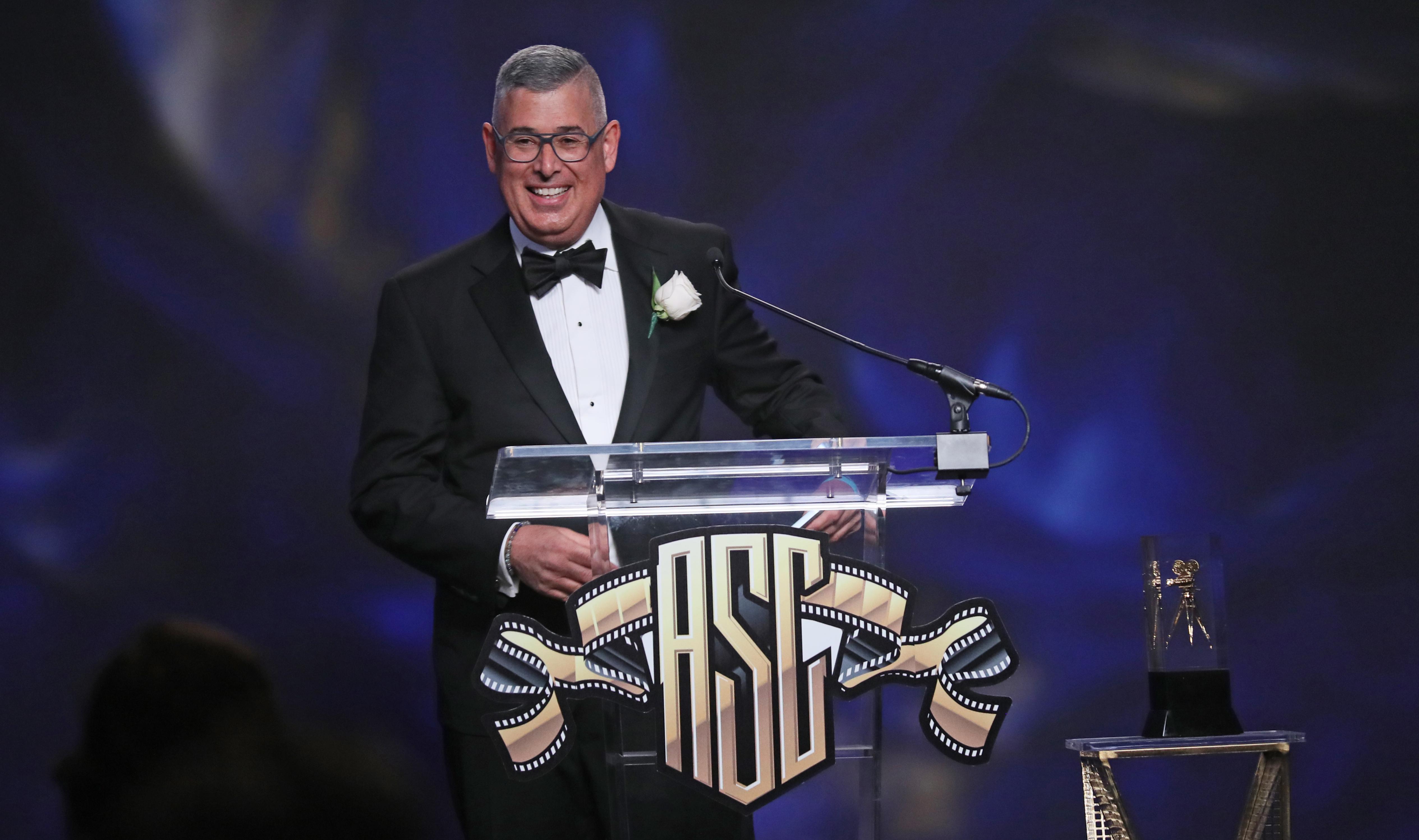
Jay Holben is an ASC associate member and AC’s technical editor.
You’ll find all Shot Craft posts here.
